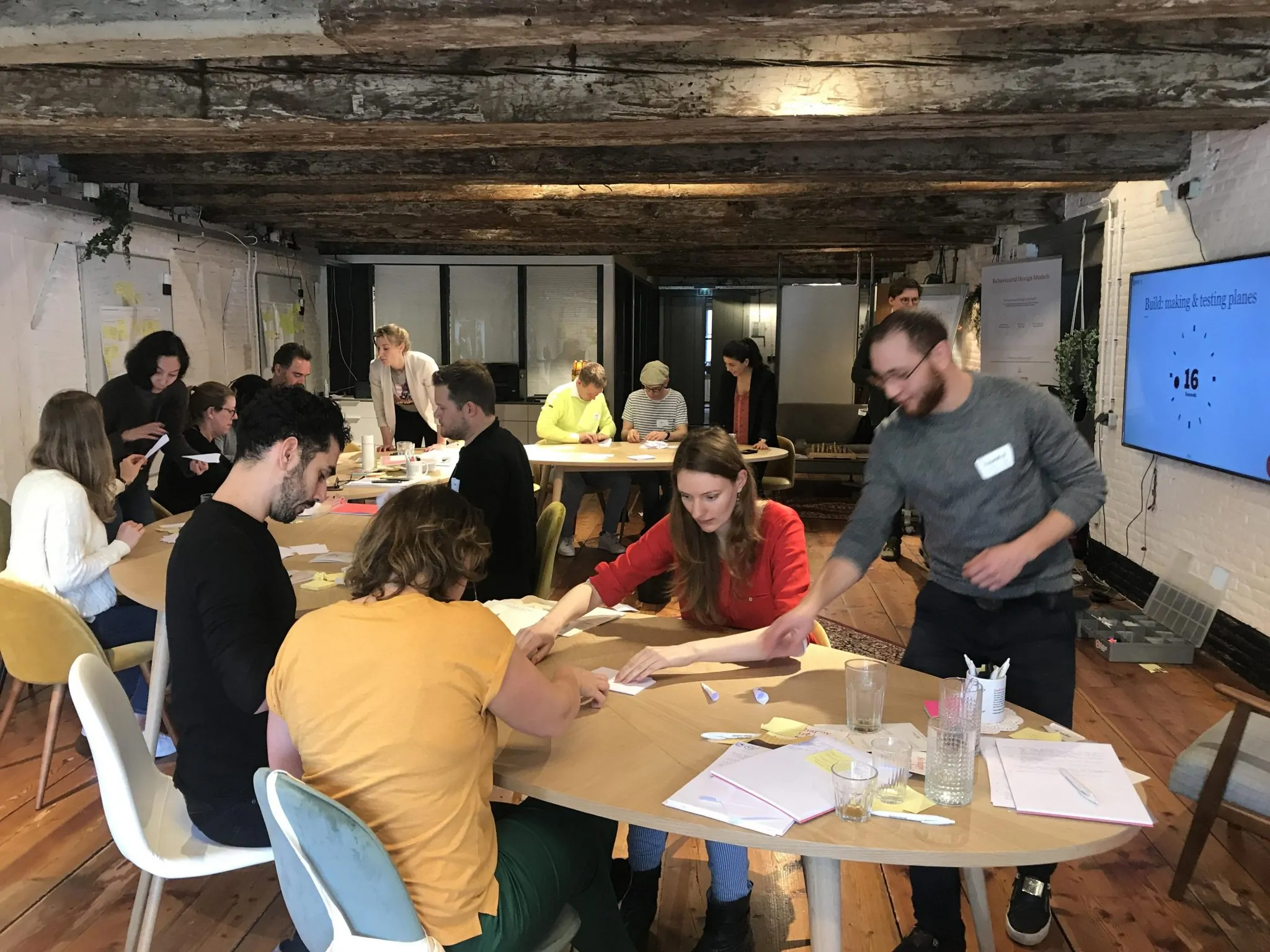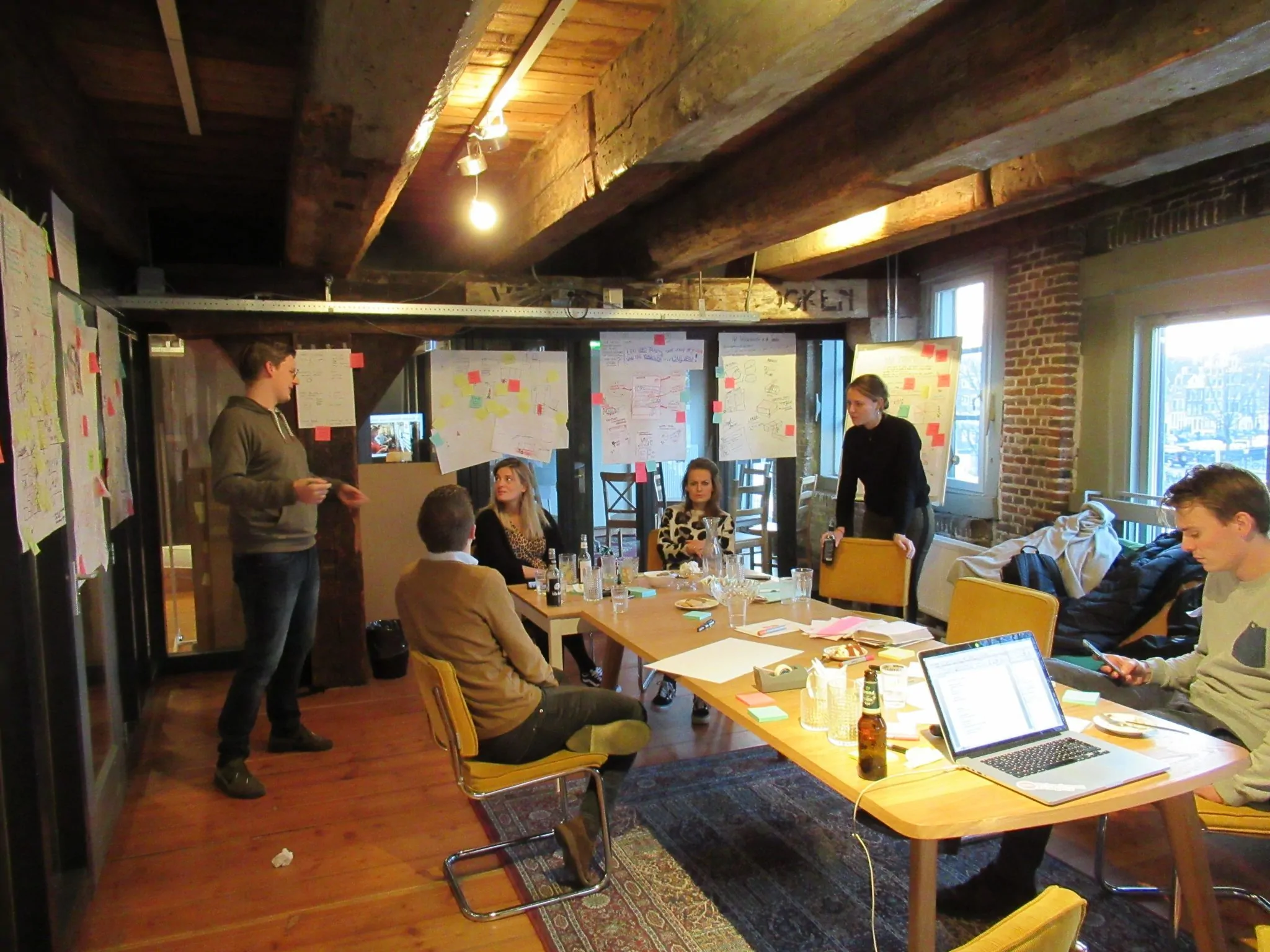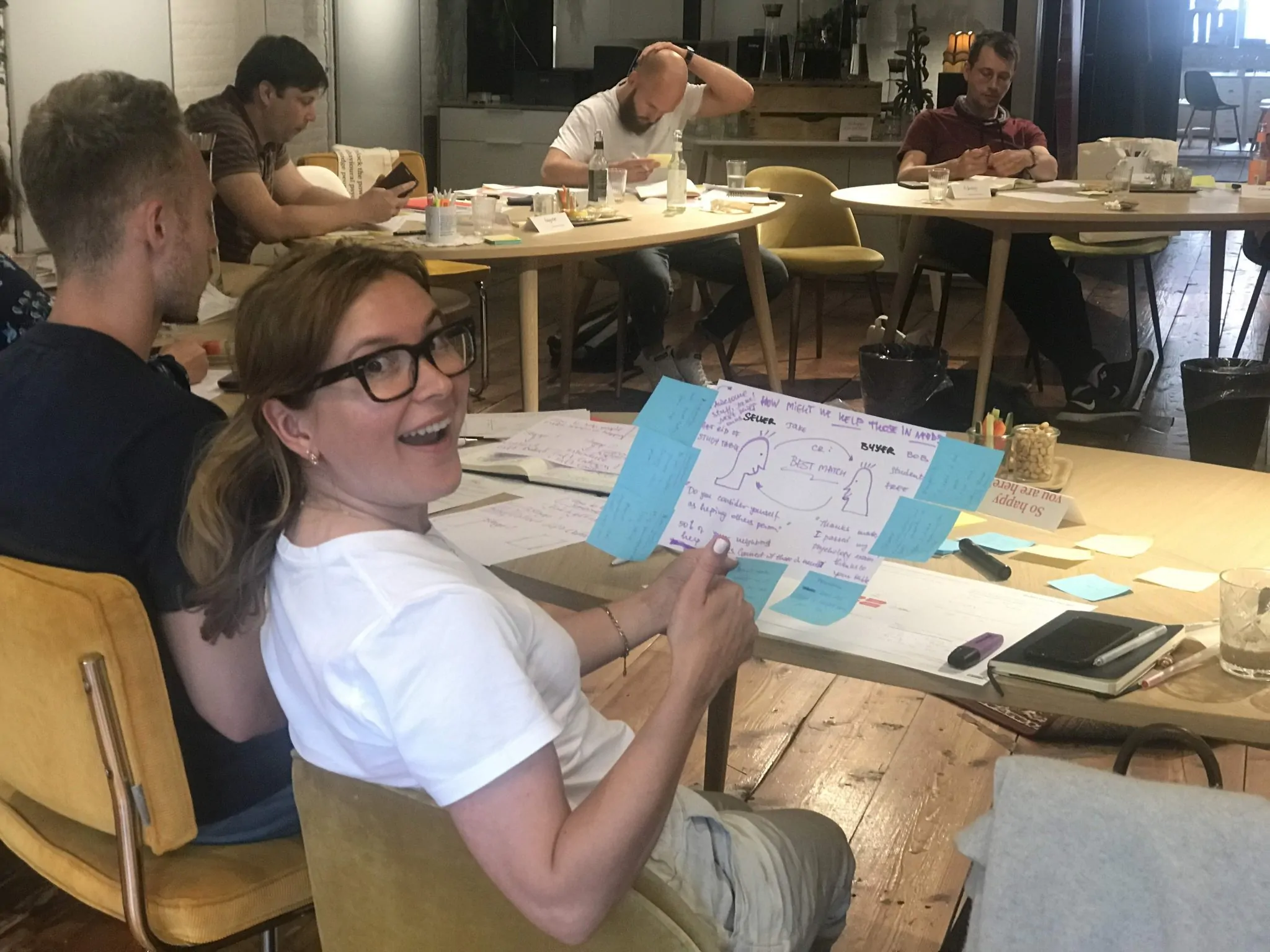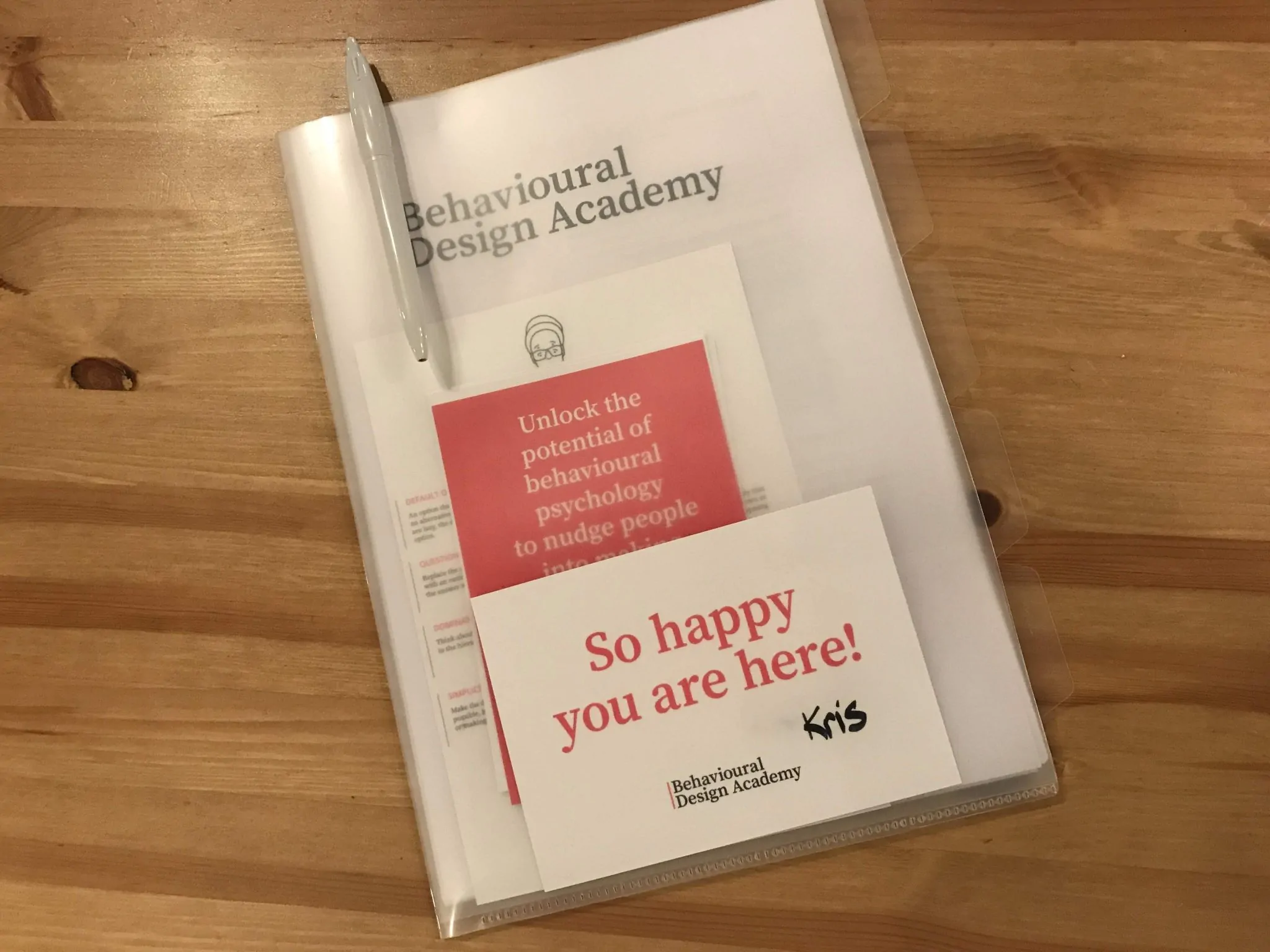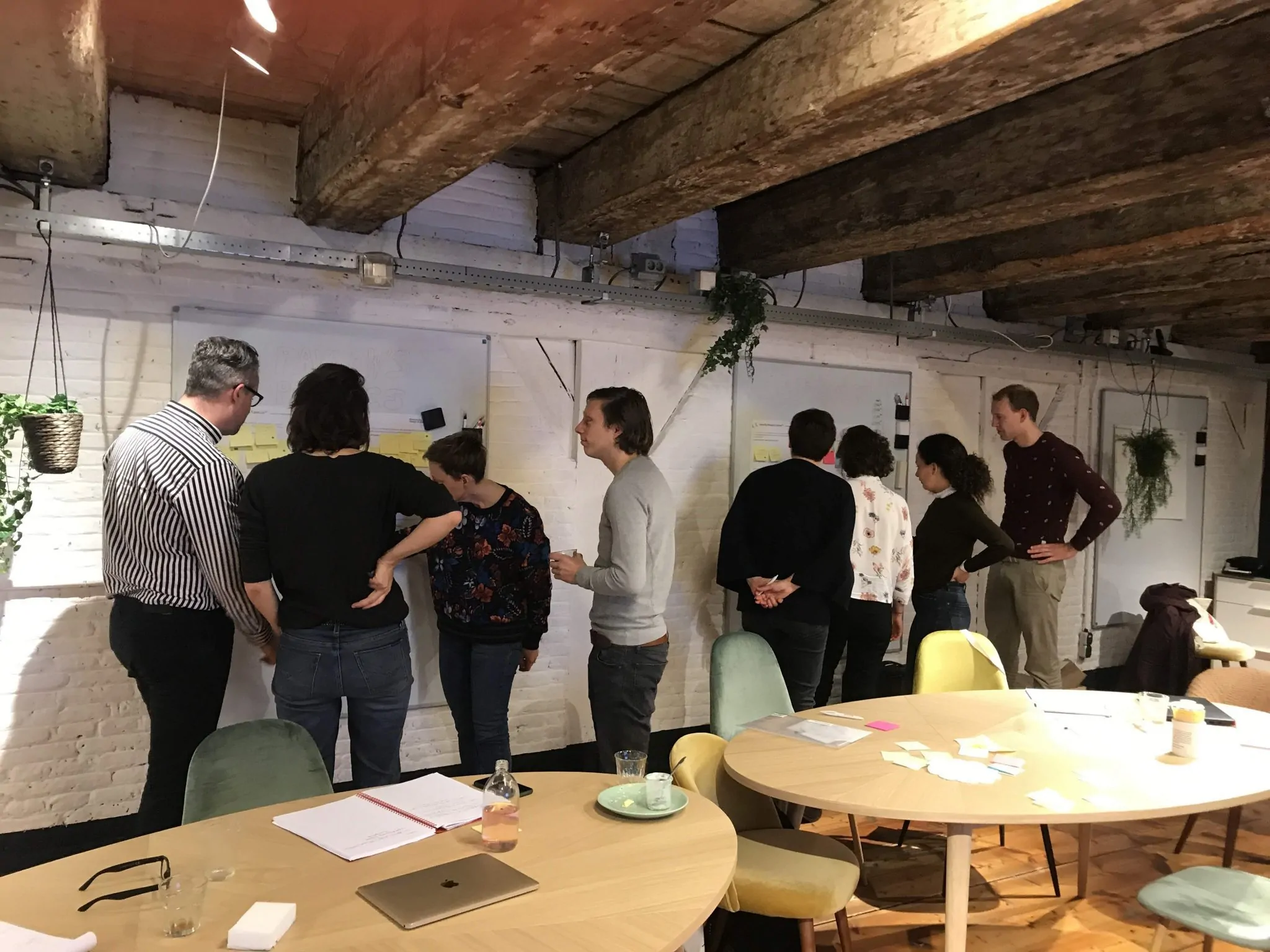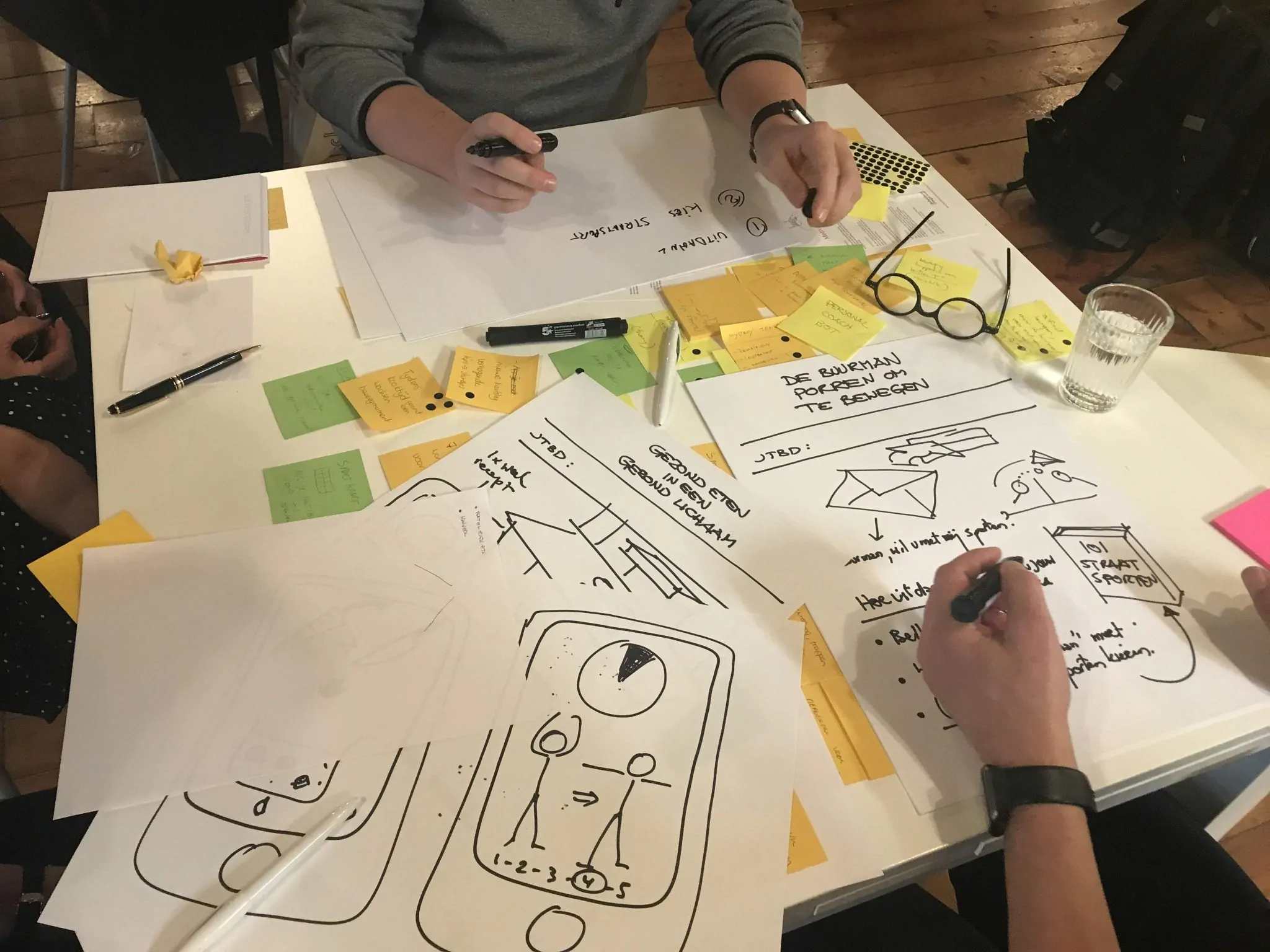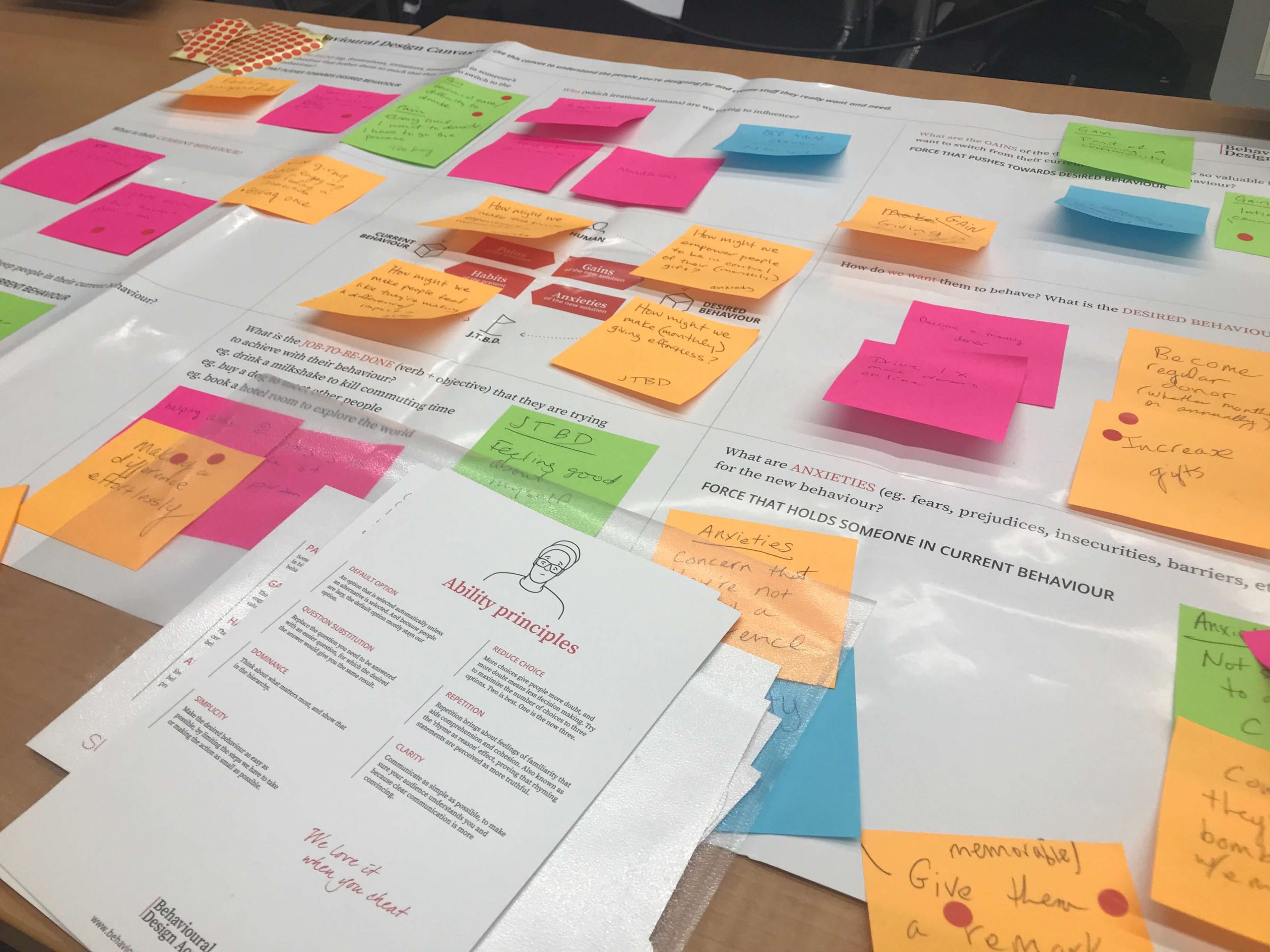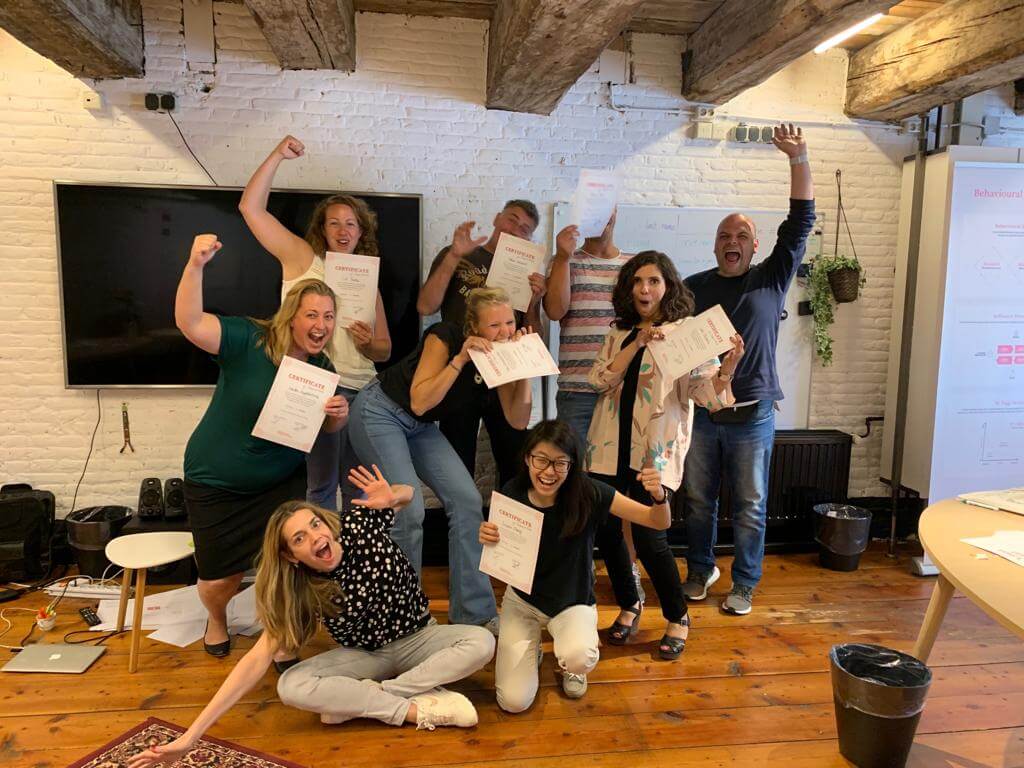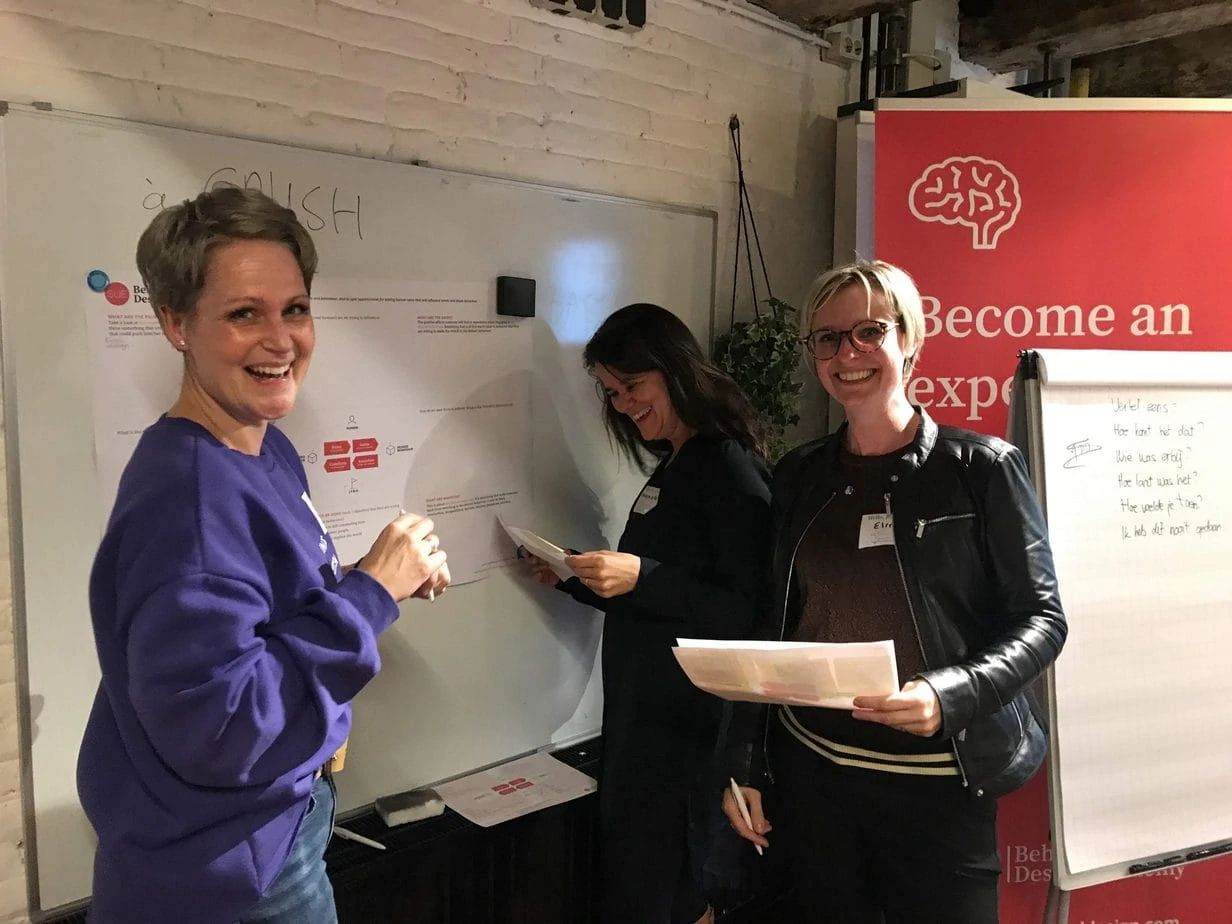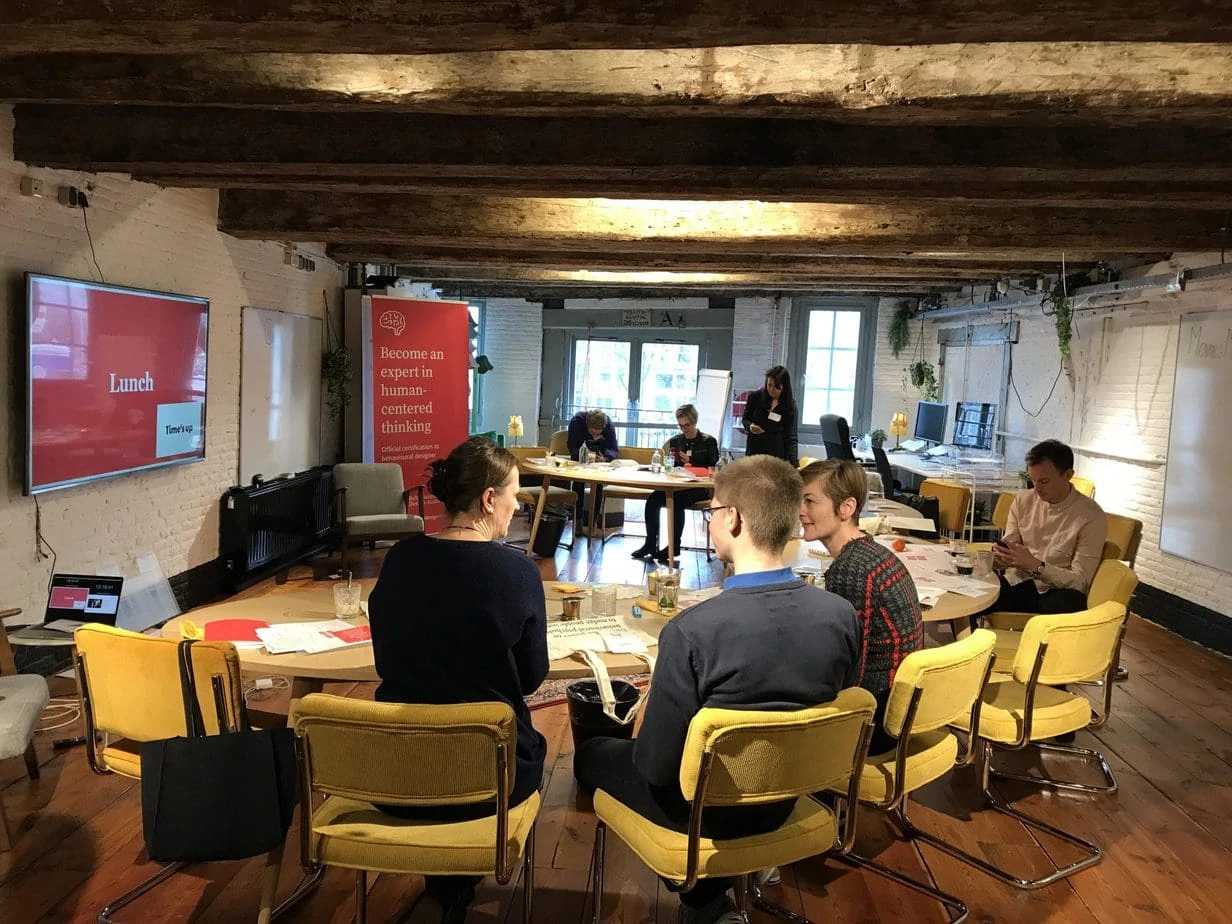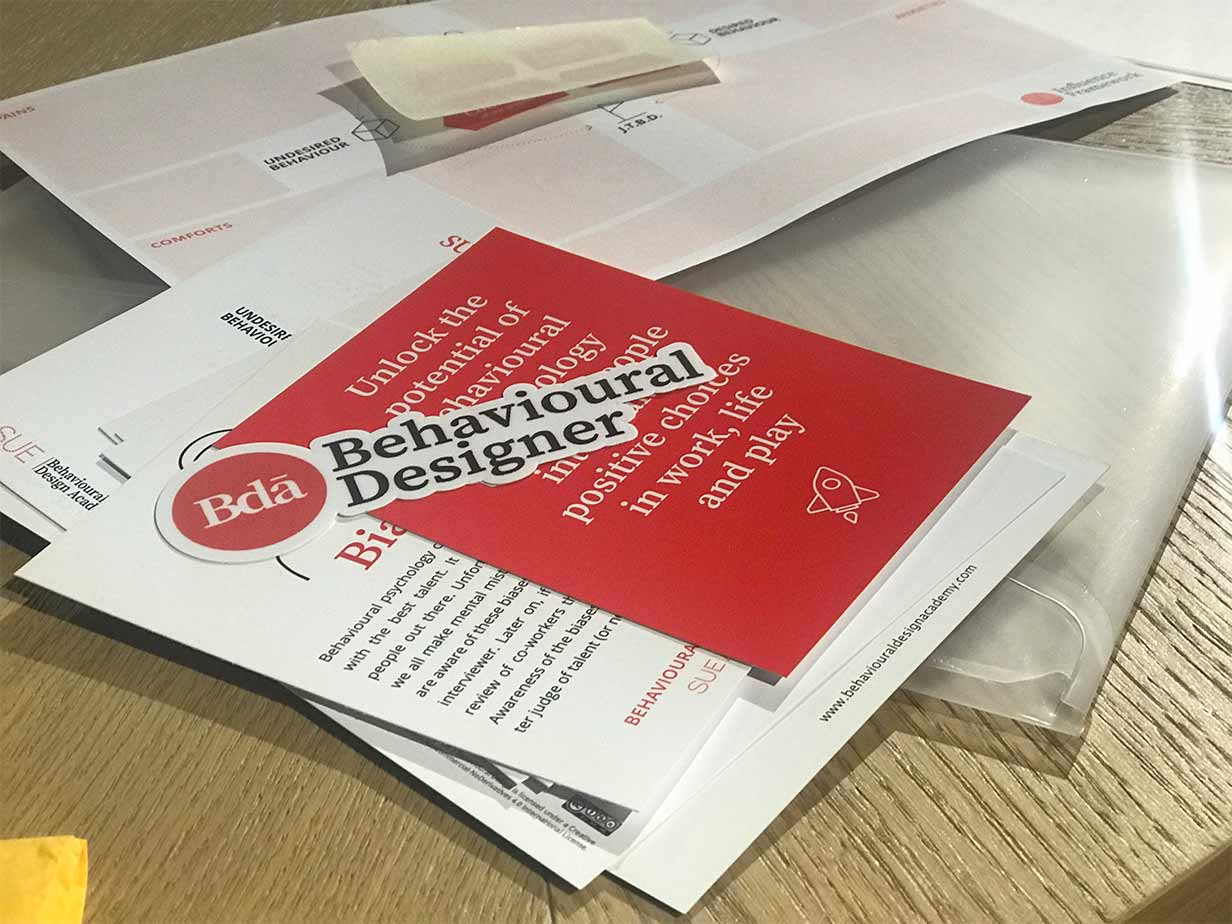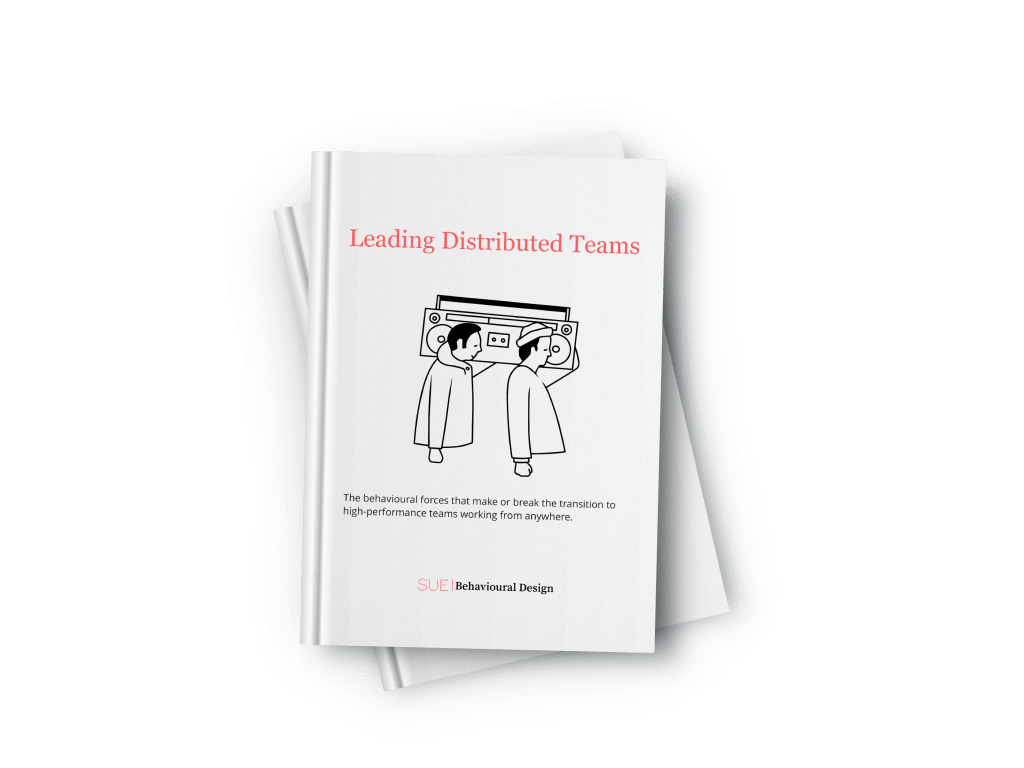
Today we published a report called “Leading Distributed Teams”. The report is the output of a behavioural research project did in April 2020. We wanted to learn how working as distributed teams affect team behaviour in terms of productivity, creativity and wellbeing. From a scientific point of view, the COVID-19 crisis is a god gift. It’s nothing more than a gigantic A/B test that offers us a unique opportunity to learn how office-work and home-work have an impact on team behaviour.
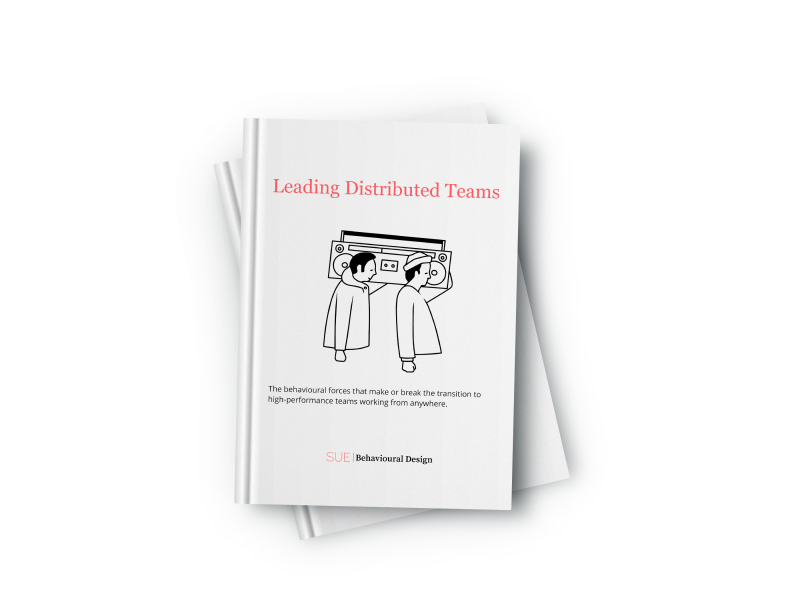
What the Covid crisis can teach us
The Corona-Crisis provides us with a unique learning opportunity for designing the ultimate gratifying work, combined with the perfect work-life balance. This report offers a deep understanding of how distributed working contributes to this. More importantly, it gives managers and leaders lots of practical insights into how they can coach their team to benefit the most from distributed working.
The essential idea from the report is that if you want to understand team behaviour, you need to take the human behind the professional or manager as your point of departure.
If you want to understand the humans in professional teams, you need to understand their deeper needs and desires they wish to see fulfilled and their more deep-seated fears and anxieties they want to be tackled.
That’s why the question “Is working from home better than working in the office?” is not the right question. It’s much more interesting to turn this question outside-in and ask ourselves:
How might ‘distant working’ or ‘working in the office’ help people to
- Be more successful in achieving their goals?
- Overcome bad habits like being distracted?
- Take away fears and uncertainty about their performance?
The answer to this question can pave the path to a very near future in which we can experience the joy of being part of a high-performance team. At the same time, having more than enough time left to pursue our personal goals, instead of wasting too much time in our lives on traffic jams, pointless meetings, highly distracting office spaces and patronising managers.
What you will learn in the report
The big challenge for the managers and leaders who need to manage their teams will be to promote the positive behaviours that contribute to high-performance output and wellbeing while suppressing the behaviours and habits that stand in the way of achieving these outcomes.
This research paper will give you a deep understanding of:
- The behavioural forces that make or break team success.
- How offices both promote and kill high-performance team behaviour.
- How working from home solves some negative office dynamics.
- How working from home create new challenges that need to be solved.
- How managers can lead distributed teams successfully.
There are two ways to download the report
We understand that reading this report requires a bit of a time investment (probably 30-45 minutes). But I promise you will learn a lot if you do. You will have a more profound understanding of the problem if you take the time to read the quotes that people gave to express their feelings and thoughts.
Interested in turning these insights into action?
There are several ways in which you leverage Behavioural Design to boost your team’s performance and your talent’s personal development. Contact us for more information or click on the links below to find out more right away.
ONE-DAY TEAM WORKSHOP
We can help boost your team’s collaboration, motivation and development. Our one-day in-company ‘Habits of High-Performance Teams’ workshop is a great opportunity to get you team together again and have them reinvent working together.
BEHAVIOURAL DESIGN SPRINT
We can help you innovate and grow your team in a Behavioural Design Sprint: a fast-paced, evidence-based approach to leverage behavioural science to achieve operational excellence.
BEHAVIOURAL INSIGHT SPRINT
We can help you unlock the behavioural barriers and boosters that can help transform your team to a high-performance team in a Behavioural Insight Sprint.
How do you do. Our name is SUE.
Do you want to learn more?
Suppose you want to learn more about how influence works. In that case, you might want to consider joining our Behavioural Design Academy, our officially accredited educational institution that already trained 2500+ people from 45+ countries in applied Behavioural Design. Or book an in-company training or one-day workshop for your team. In our top-notch training, we teach the Behavioural Design Method© and the Influence Framework©. Two powerful tools to make behavioural change happen in practice.
You can also hire SUE to help you to bring an innovative perspective on your product, service, policy or marketing. In a Behavioural Design Sprint, we help you shape choice and desired behaviours using a mix of behavioural psychology and creativity.
You can download the Behavioural Design Fundamentals Course brochure, contact us here or subscribe to our Behavioural Design Digest. This is our weekly newsletter in which we deconstruct how influence works in work, life and society.
Or maybe, you’re just curious about SUE | Behavioural Design. Here’s where you can read our backstory.
Cover image by: Alex Rosario on Unsplash.
